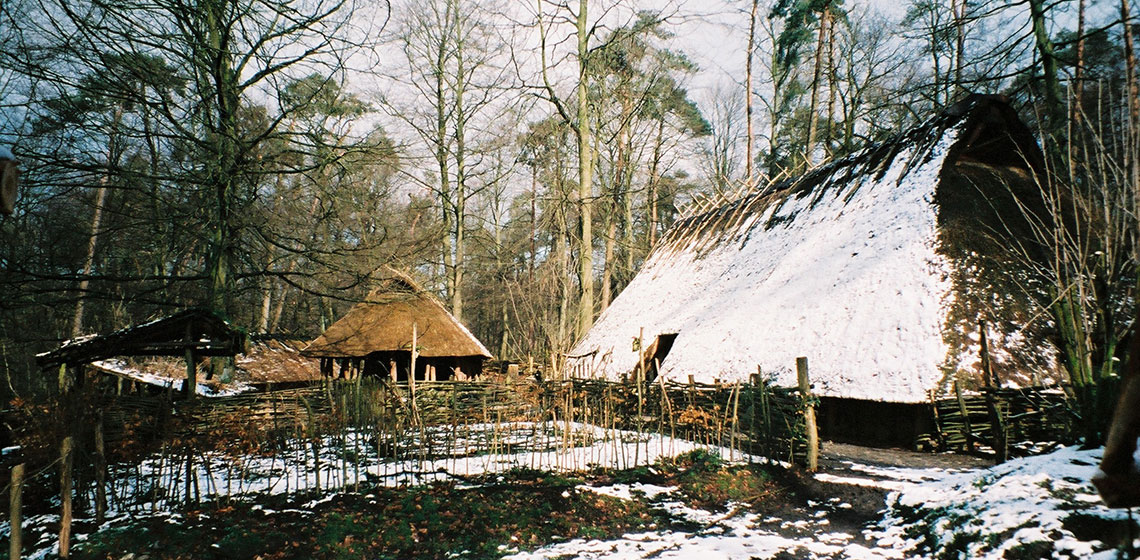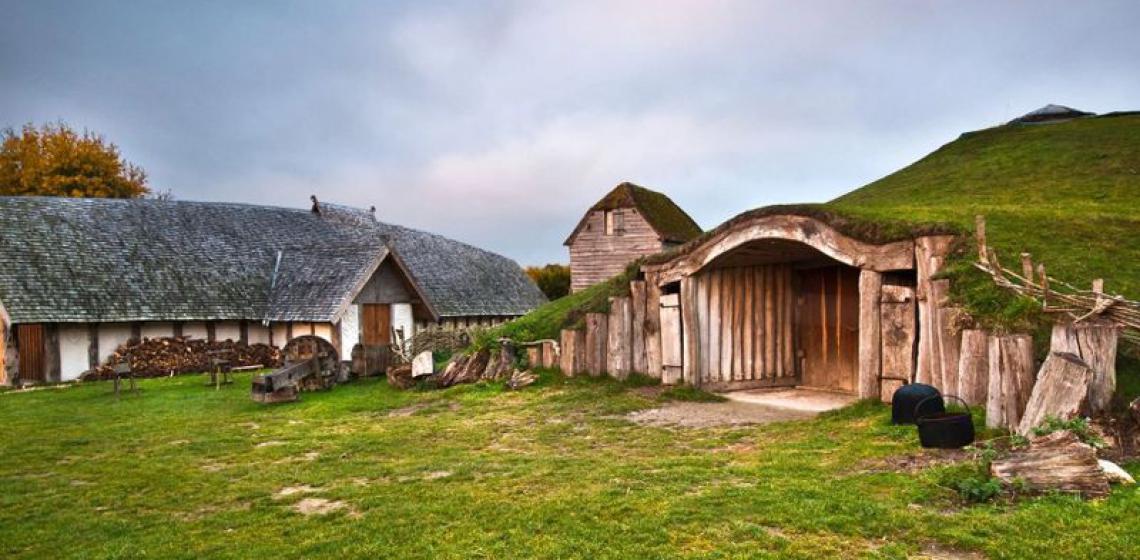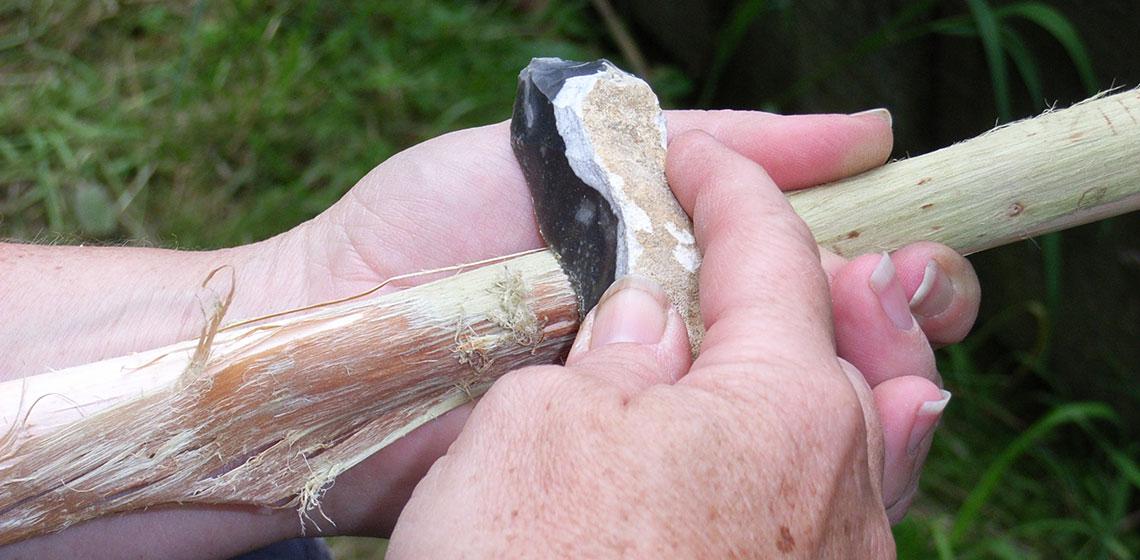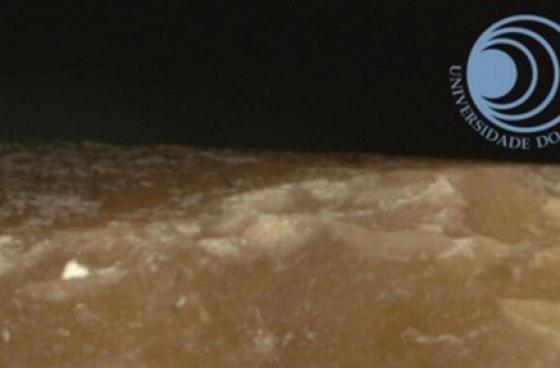Viking Age
Ancient Technology Centre (ATC) (UK)
The Goal of the Ancient Technology Centre is to engage people of all ages in the daily life of our ancestors and to increase their understanding of the skills, resources and strategies available to them.
The Goal of the Ancient Technology Centre is to engage people of all ages in the daily life of our ancestors and to increase their understanding of the skills, resources and strategies available to them...
Did people know they were people or did they still think they were monkeys (NL)?
Many peoples modestly called and still call themselves ‘people’, like the Ainu in Japan or the Inuit of the Polar Circle as do many others. Prehistoric groups of people like the Neanderthal may have had the same habit...
How is wood tar made (NO)?
Tar is made by placing pine roots in a conical hole in the ground, lined with birch bark. They are then covered by turf, and set on fire. The turf keeps the oxygen out, so the wood doesn’t go up in flames. The sap is boiled out of the roots and runs to the bottom of the hole, where it can be collected as tar.
Did the Vikings have iron (NO)?
Yes, the Vikings had both iron and steel. They had to make it themselves, through a process called “blestring” or iron smelting. This was a major undertaking, so iron was expensive. Here at Lofotr we have documented this process on a DVD which is sold in our museum store.
Was the longhouse at Borg really 83 metres long (NO)?
Yes, the house was this long during its last phase of existence, but it had been rebuilt several times, so the length has varied.
How long did it take the Vikings to build a house like the Borg Museums’ longhouse (NO)?
It depends on what resources and materials were available. A possible estimate is one to two years (the reconstruction took one year to build), but we must also consider that the house seems to have been continually added to and maintained.
Are the things in the living quarters of the chieftain’s longhouse at Borg authentic (NO)?
About 90% of the things in the living quarters are copies of things found from the Viking era. The rest have been made as we think they must have looked, based on old texts and our own practical experiences...
University of Exeter, Department of Archaeology (UK)
Exeter is a top UK university which combines world leading research with very high levels of student satisfaction. It is one of the UK’s most popular and successful universities with campuses in Exeter, Devon, and near Falmouth in Cornwall. The University also has Project Offices in Shanghai, Beijing and Bangalore.
Exeter is a top UK university which combines world leading research with very high levels of student satisfaction. It is one of the UK’s most popular and successful universities with campuses in Exeter, Devon, and near Falmouth in Cornwall...
International conference on use-wear analysis
Taking into account the unquestionable success of the last scientific meetings on the development of use-wear studies in archaeology over the last two decades, we are pleased to announce that we are organizing an International conference on use-wear analysis...




